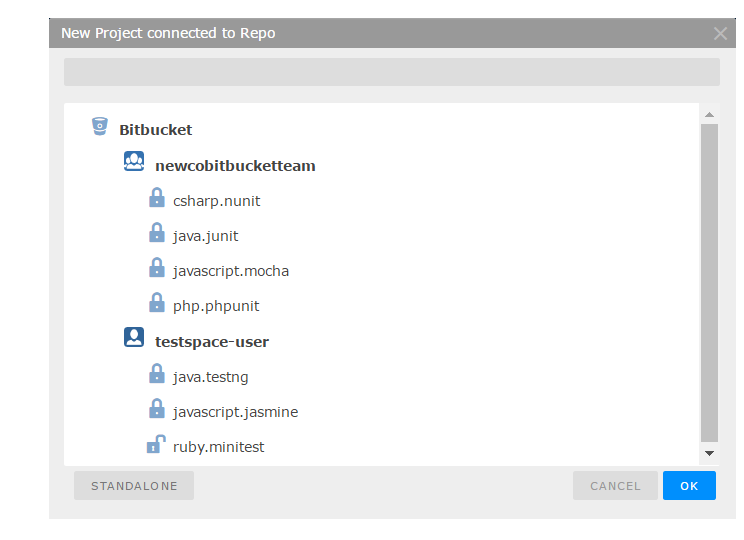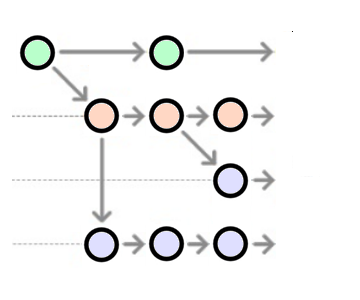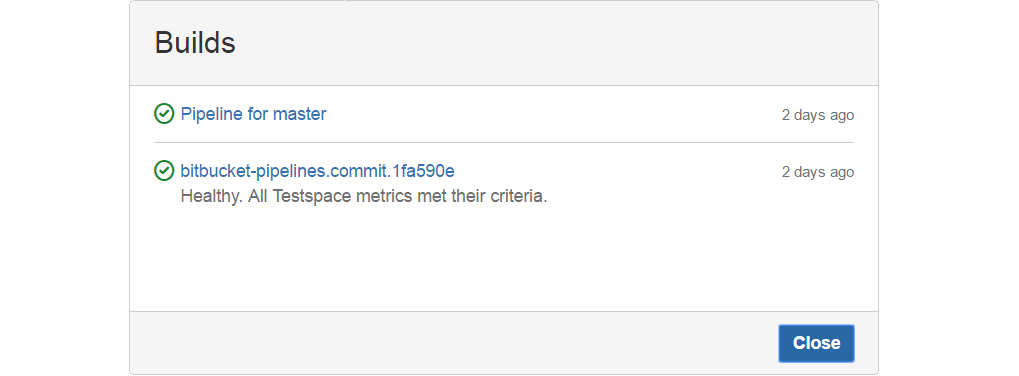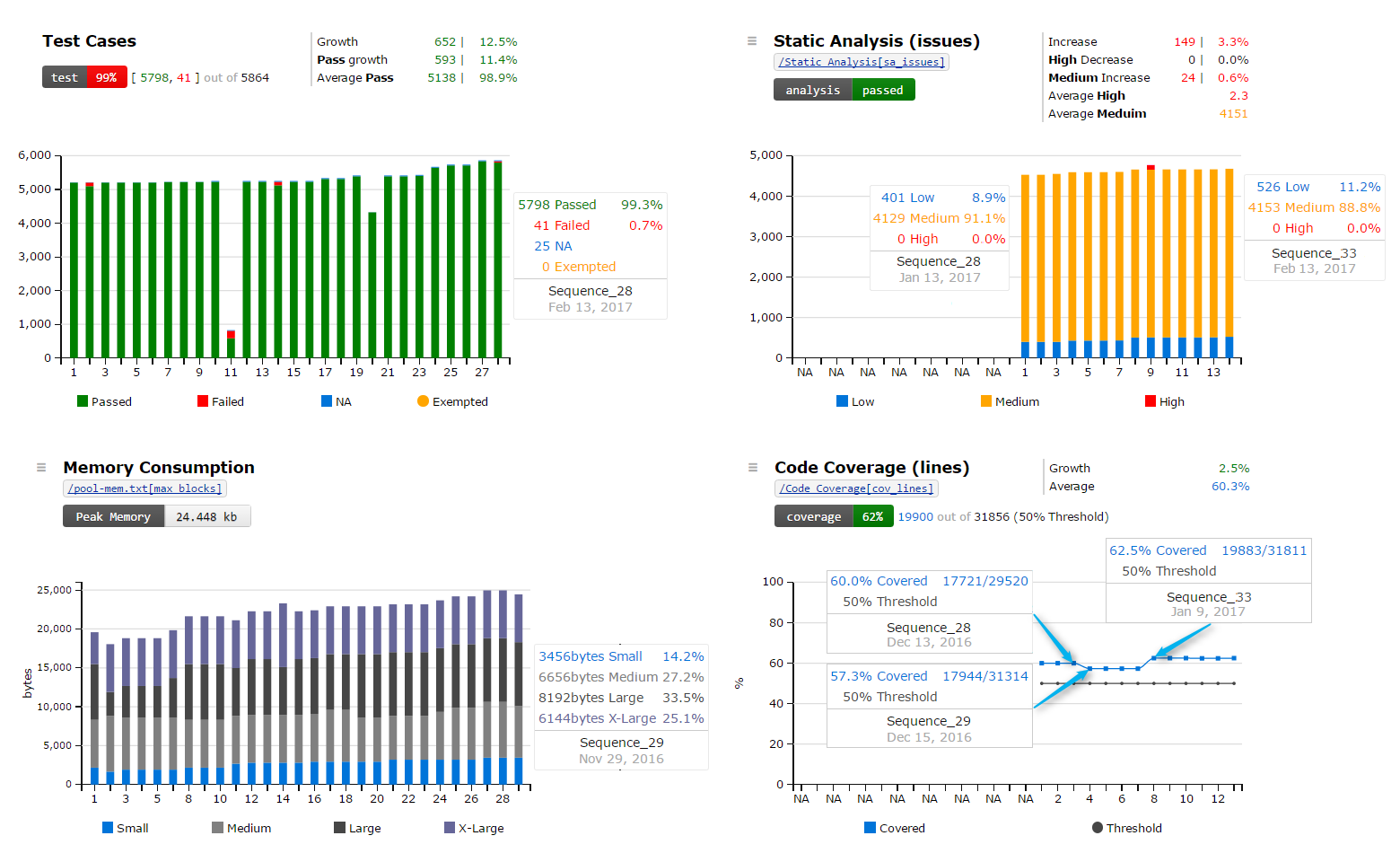
Testspace Integration with Bitbucket
The Testspace team is excited to announce a brand new integration with Bitbucket by Atlassian. Developers and teams using the popular Git hosting service can now connect Testspace to their git repositories.

Testspace provides Test Management for Continuous Integration
Adding Testspace to online CI’s, including Bitbucket Pipelines, is trivial and once setup:
- Developers receive alerts when branches regress, from any data source or metric.
- Leads set and monitor quality objectives for a development branch.
- Managers review and assess overall quality effectiveness spanning multiple repositories.
With Testspace connected services, there are no plugins to install or configure. Just connect with a single click.

A connected Project is created by selecting an available repository from one of the Bitbucket teams enabled by the Testspace, account owner.
After Project creation, developers simply follow their normal workflow

Adding Testspace to your Online CI
Files – output from the Continuous Integration Process – are pushed to the Testspace server using a simple client.
Adding Testspace to online CI is merely adding a client utility to the install process. Using a Linux Pipeline in Bitbucket for example:
pipelines:
default:
- step:
script:
- curl -s https://testspace-client.s3.amazonaws.com/testspace-linux.tgz | tar -zxvf- -C /usr/local/bin
- testspace config url access-token@MY-TEAM-NAME.testspace.com
# run build and test
..
- testspace results*.xml coverage.xml ...
Testspace in the Git Branching Workflow
At the heart of the Git Branching Workflow are Topic (or Feature) branches; short term branches used for a single feature or defect. Topic branches are used by developers to create, work on, merge, and delete often several times a day. For this workflow to be both effective and efficient

- The complete definition of branch health (criteria, thresholds, etc.), using all metrics (test, analysis, coverage, custom), must be applied to each topic branch to ensure base branches remain healthy.
- All regressions of health on topic branches, from any source, must provide notification, with quick access to actionable details.
Branching
New spaces are automatically created the first time data is pushed on a new branch.

Metric charts for every data source – test, analysis, coverage, etc. – are created automatically for every new Space.
Each new Space is given a copy of the most recent health record from its base Space at the moment the branching occurs. All metric deltas and trends monitored over time are based on the first (copied) health record.
Adding Commits
Each time a commit is added – triggering the Pipeline – new data is pushed to the Space, and all criteria and thresholds are applied. All resulting metrics from all data sources are aggregated into a single indication of health for each commit. Each new health record links back to the commit details in Bitbucket.

The single health indicator provides Bitbucket with a single check, encapsulating all definitions of health for the repo, and with all details accessible from the one link.

Opening Pull Requests and Merging
After opening a pull request, and all metrics from all sources have met their health criteria, trends provide valuable data and insights when discussing changes that have occurred on the branch.
Development and master branch leads can make informed decisions before merging back to the base branch

All trends, code churn, health statistics, and all rates of change for each branch are maintained by the Testspace Project regardless if the branch becomes deleted.
Get setup in minutes!
Try Testspace risk-free. No credit card is required.
Have questions? Contact us.